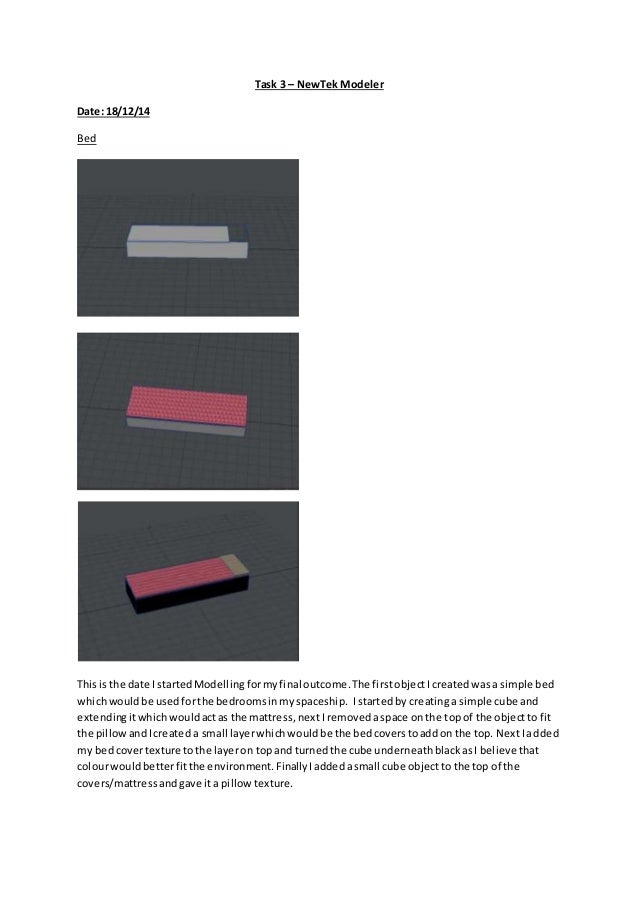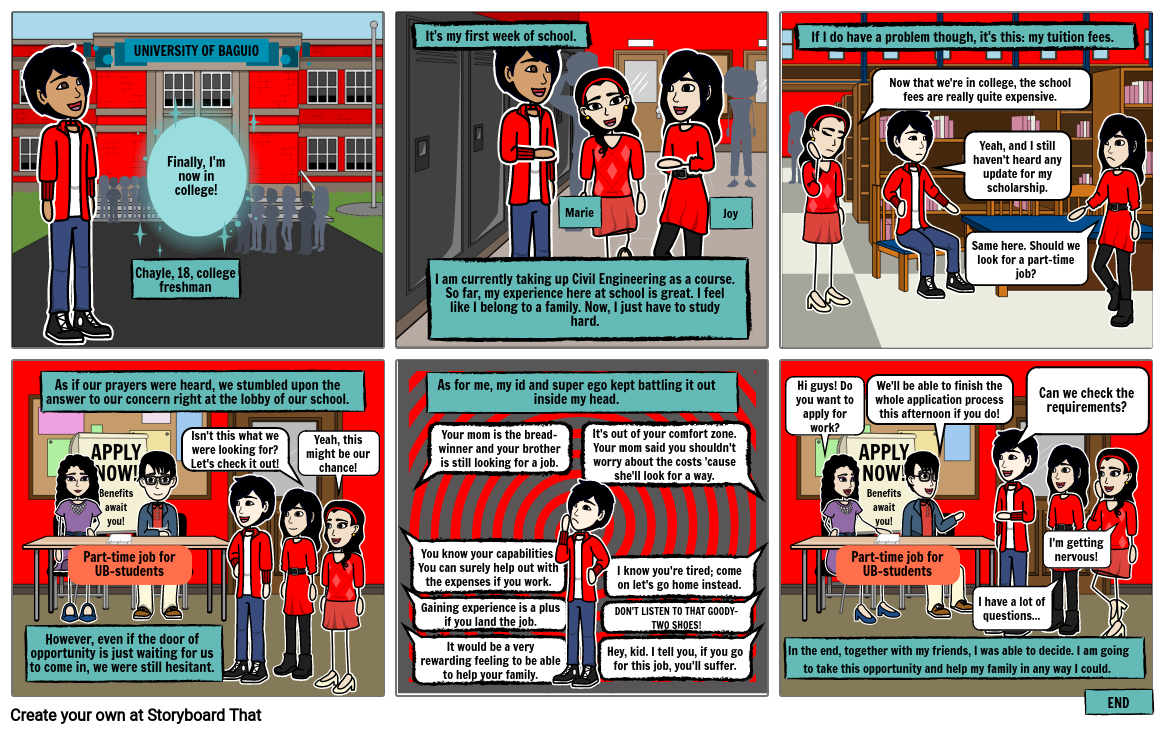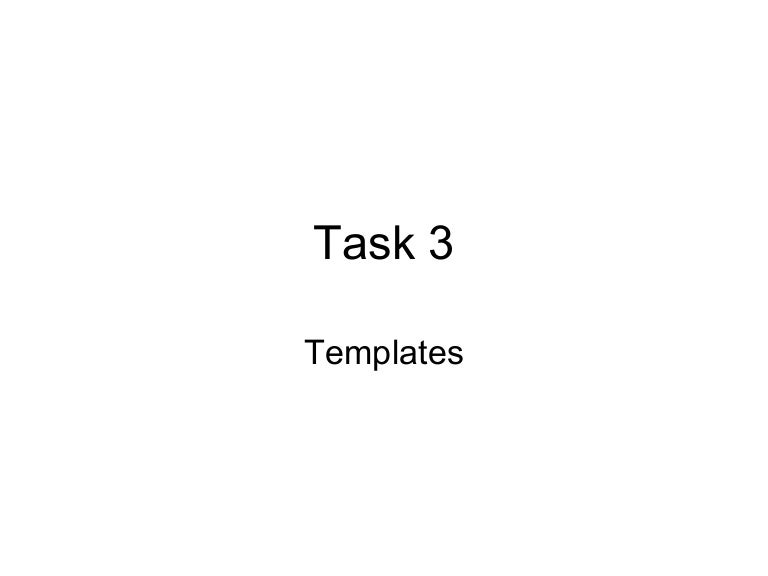



#Mbt2 task3 Patch
This analysis shows that the capsaicin 8% patch is generally tolerable, and the small discomfort associated with patch application is short-lived. The same proportion of pretreated and non-pretreated patients reported willingness to receive retreatment with the capsaicin patch. Response was similar between patient groups capsaicin patch treatment provided rapid and significant pain reductions that were sustained over 12 weeks. There was no significant difference in mean NRS score between patient groups at any time during or after capsaicin patch treatment. At the time of capsaicin patch removal, 69% of pretreated and 88% of non-pretreated patients reported an NRS score increase, which returned to baseline by 6 hours post- treatment. All patients (pretreated n = 32 non-pretreated n = 26) completed 100% of the intended capsaicin patch application duration. Pain levels, assessed using a Numeric Rating Scale (NRS), were used to determine tolerability and efficacy. Pretreated patients received a lidocaine plaster before and intravenous lidocaine and metamizole infusions during capsaicin patch application. All patients received a single capsaicin patch application. This article compares tolerability to and efficacy of the capsaicin patch in pretreated and non-pretreated patients. However, speculation existed over the need for pretreatment and its effectiveness in alleviating treatment-associated discomfort. Until March 2013, it was recommended that patients be pretreated with a topical anesthetic, for example lidocaine, before capsaicin patch application. The capsaicin 8% patch can effectively treat neuropathic pain, but application can cause discomfort or a burning sensation. Kern, Kai-Uwe Nowack, Walburga Poole, Chris Treatment of Neuropathic Pain with the Capsaicin 8% Patch: Is Pretreatment with Lidocaine Necessary? The above data suggest that the early tachykinin-mediated airway dysfunction requires only transient elevated tachykinins, while progression of late tachykinin-mediated effects (PH and RVH) requires elevated tachykinins for more than one week. Administration of capsaicin before or 7 days after MCT blocked MCT-induced PH and RVH. Both capsaicin pretreatment and posttreatment blocked the following MCT-induced alterations: increases in lung SP and airway constriction decreases in tracheal NEP activity and dynamic respiratory compliance. Capsaicin significantly decreased lung levels of SP but not NKA. Respiratory function, pulmonary vascular parameters, lung tachykinin levels, and tracheal neutral endopeptidase (NEP) activity were measured 21 days after MCT or saline injection. Capsaicin (cumulative dose, 500 mg/kg) was given over a period of 4-5 days. Six groups of rats were injected subcutaneously with saline (3 ml/kg) capsaicin followed by saline or MCT (60 mg/kg) or MCT followed 7, 11, or 14 days later by capsaicin. The purpose of this study was to investigate the length of tachykinin depletion (via capsaicin treatment) is needed to prevent (or attenuate) PH and/or RVH.

Tachykinins, such as substance P (SP) and neurokinin A (NKA), may mediate these effects. Monocrotaline (MCT) produces respiratory dysfunction, pulmonary hypertension (PH), and right ventricular hypertrophy (RVH) in rats. Capsaicin pre- and post- treatment on rat monocrotaline pneumotoxicity.


 0 kommentar(er)
0 kommentar(er)
